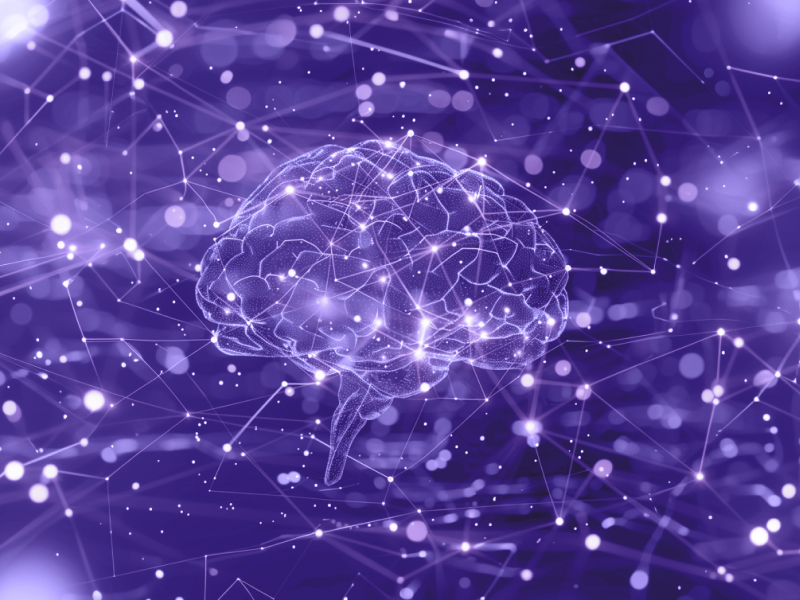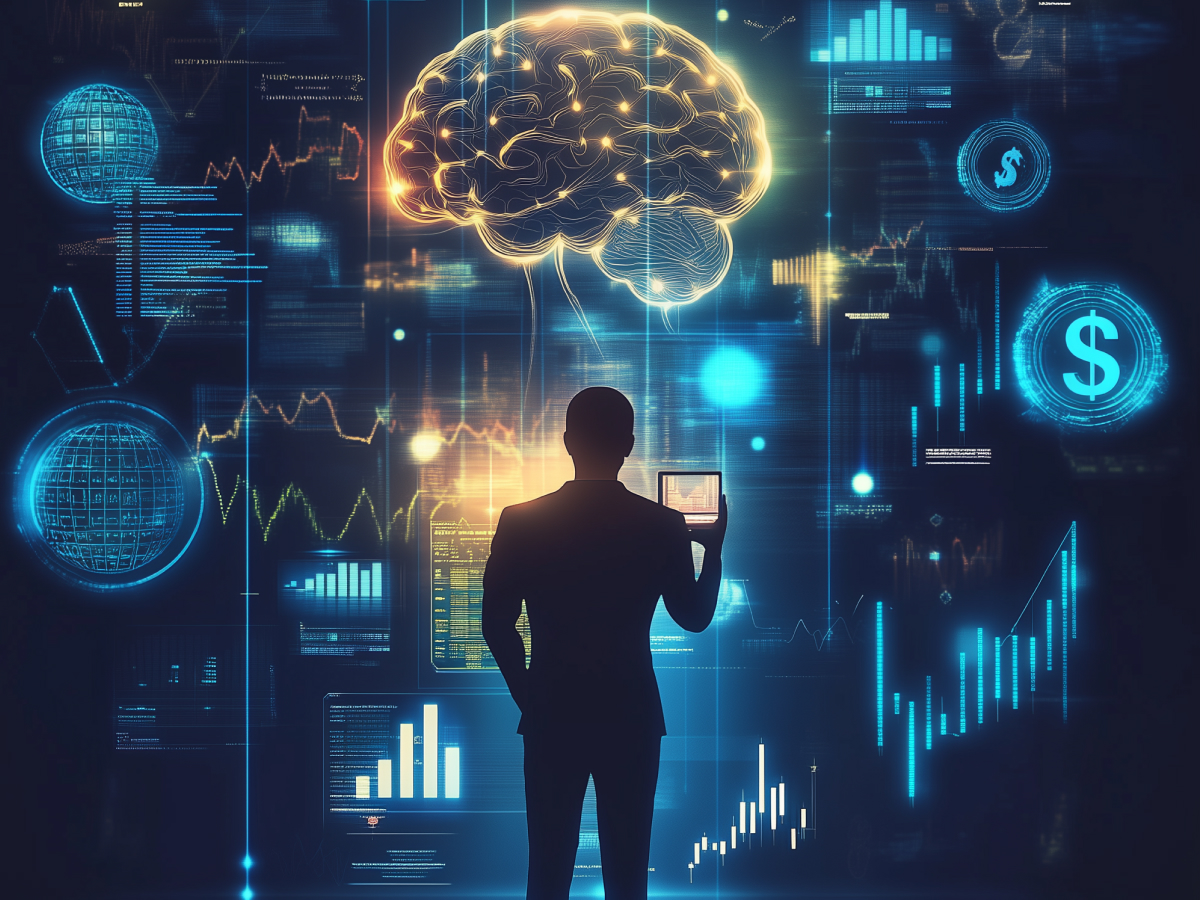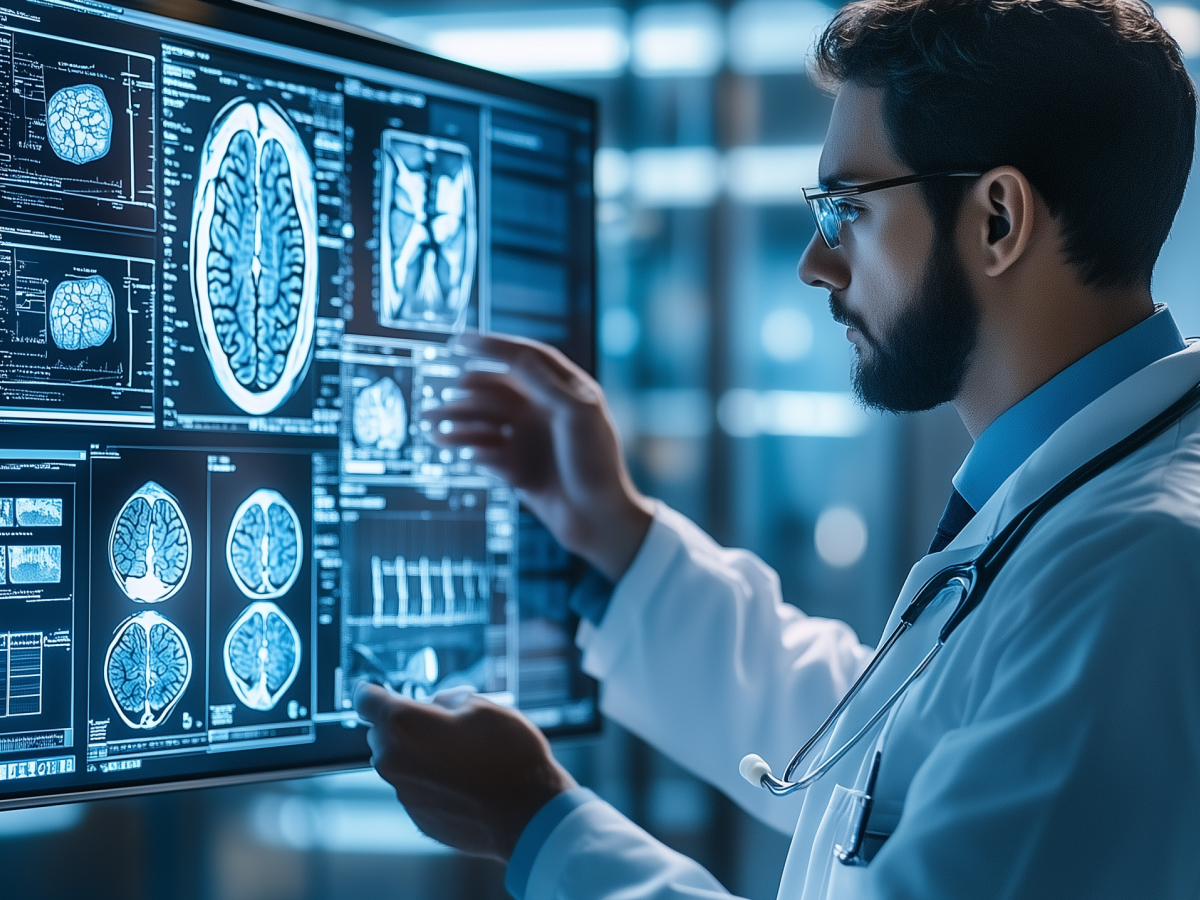Deep learning, a core technology in AI, encounters limitations primarily due to the immense computation power it demands. With the technology’s deployment in numerous AI-driven applications, the need for extensive computation power becomes apparent.
Developers are continuously refining algorithms and incorporating more extensive training data to improve the accuracy and capabilities of deep learning models. Such efforts are crucial as they aim to improve the performance of these models, making them more efficient and effective in real-world applications.
Computation resources are strained
Deep learning’s reliance on substantial computational resources involves conducting hundreds of millions to billions of operations.
Specifically, the GPT-3 model, which powers the widely used ChatGPT, operates with 175 billion parameters and requires over 10^23 operations for its training phase. This level of computational requirement translates into significant financial investments, often reaching millions of dollars.
As a result, the deployment of deep learning technologies on portable devices becomes limited. Most devices typically lack the necessary processing capabilities to handle such intensive tasks without linking to cloud resources, which provide the requisite computational power.
Challenges of cloud dependency
Many AI applications, particularly those that incorporate deep learning technologies, depend heavily on cloud-based systems to manage their substantial computational and processing demands.
Dependence requires continuous internet connectivity, posing challenges in regions with unreliable or limited bandwidth.
Applications that process sensitive information, such as health or financial data, or those requiring immediate response times, like autonomous navigation systems or augmented reality technologies, face significant disadvantages.
Reliance on cloud systems introduces potential privacy and security risks and can lead to latency issues that affect the performance and reliability of these applications.
Consequently, there is a growing need to develop methods that reduce this dependency on cloud systems to enhance the security, privacy, and efficiency of AI applications in various settings.
Overcoming physical constraints in portable devices
Portable devices, integral to modern connectivity and utility, must manage their internal power and thermal output efficiently to support advanced applications like deep learning.
For instance, a self-driving car, a high-power user, typically requires more than 1,000 watts to function, juxtaposed against the modest energy use of about one watt by a typical smartphone processor.
Disparity brings the challenge in deploying deep learning technologies on common handheld devices, which lack the capacity to perform complex computations without overheating or depleting their battery rapidly.
Conventional cooling solutions like liquid cooling systems or fans are not viable for such small devices due to their size and the additional weight they would entail.
Leaders in technology are heading toward mitigating the limitations of portable devices through both software and hardware innovations. Optimizing software algorithms improves computational efficiency, thereby reducing the power and processing demands. On the hardware front, specific advances have made significant impacts.
For example, a specialized chip designed by researchers at MIT demonstrates remarkable efficiency, operating on less than one-third of a watt while delivering performance up to ten times more energy-efficient than general-purpose mobile processors.
Developments such as this are needed for embedding sophisticated deep learning capabilities in portable devices without compromising their usability and battery life.
Broader impact and future directions
Data centers, known for their massive energy consumption, also benefit from these advancements. As deep learning becomes embedded in various technologies, the demand on these power-intensive facilities grows.
Through the development and implementation of more efficient AI systems, data centers can reduce their energy usage enormously. Reductions have dual benefits: lowering operational costs and contributing to environmental sustainability through decreased carbon emissions.
Leadership and innovation in energy-efficient AI
Vivienne Sze, an associate professor at MIT, is leading this change in AI technology. Leading the Energy-Efficient Multimedia Systems research group within MIT’s Research Lab of Electronics, she focuses on creating deep learning systems that are powerful and energy-efficient.
Her work, especially in teaching the course on designing efficient deep learning systems, shows the need for an integrated approach to hardware and software development. Strategizing is key for overcoming the existing barriers to efficient AI deployment and paving the way for innovations that could redefine how deep learning technologies are implemented across various sectors.





